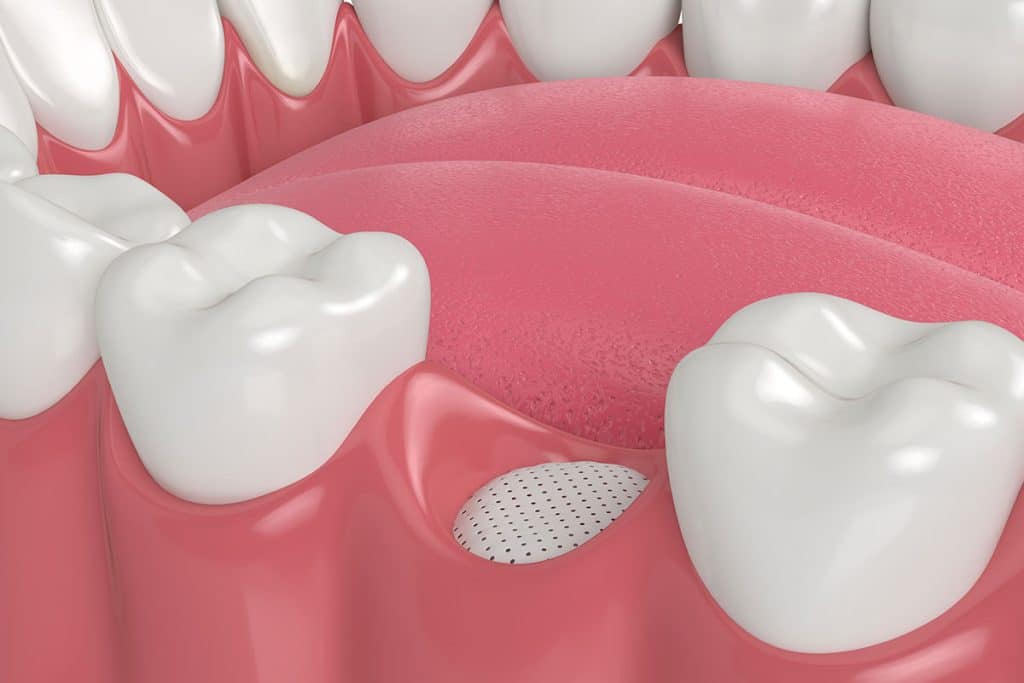Understanding A Bone Grafting Procedure

Dealing with dental issues can be daunting, but understanding the solutions available can make the process smoother. One such solution is bone grafting, a procedure that's gaining widespread attention for its effectiveness in dealing with bone deficiencies. If you're dealing with dental complications, bone grafting might be the key to improving your quality of life.
Introduction to Bone Grafting: What It Is and When It's Needed
Bone grafting is a surgical procedure aimed at rebuilding or repairing bones through the transplantation of bone tissue. This procedure is crucial when natural bone loss occurs due to gum disease or missing teeth. It's commonly used in dental surgeries to prepare the jawbone for implants.
Understanding when bone grafting is necessary is essential. It's often recommended when there's significant bone loss that affects the stability of teeth, dental implants, or other structures. For instance, if you've lost a tooth and the surrounding bone has deteriorated, bone grafting can help rebuild that area, providing a stable foundation for a dental implant.
The Procedure: Step-by-Step Guide from Consultation to Recovery
The bone grafting process begins with an initial consultation where your surgeon will evaluate your condition and discuss the best treatment options. Imaging tests like X-rays or CT scans may be used to assess the extent of bone loss.
Once the plan is set, the procedure itself involves harvesting bone from another part of your body or using synthetic materials. This bone is then grafted onto the deficient area. Depending on the complexity, the surgery can take anywhere from 30 minutes to several hours.
Post-surgery, recovery varies but generally involves taking prescribed medications, avoiding strenuous activities, and following a tailored diet. Regular follow-up appointments ensure that the graft integrates well with your existing bone.
Different Types of Bone Grafts and Materials Used
Bone grafts can be classified into several types based on their origin:
- Autografts involve using bone from your own body, often harvested from the hip or rib.
- Allografts use bone from a deceased donor, which is thoroughly screened and processed to ensure safety.
- Xenografts involve bone from another species, typically bovine.
- Synthetic Grafts are made from biocompatible materials designed to mimic natural bone structure.
Each type has its advantages and potential drawbacks, which your surgeon will discuss with you to determine the best option for your specific needs.
Benefits of Bone Grafting in Dental
Bone grafting offers many benefits, making it valuable in dental surgeries. It restores bone density, providing a stable foundation for dental implants and ensuring their longevity. This is vital for jawbone integrity and preventing bone loss.
Bone grafting also improves the aesthetics and functionality of the area. In dental surgeries, it maintains facial structure and symmetry for a confident smile.
Additionally, bone grafting promotes natural bone regeneration by stimulating new bone cell growth, leading to a stronger bone structure. This natural process minimizes complications and ensures long-term success.
Post-Operative Care Instructions for Optimal Recovery
Following post-operative care instructions is vital for a successful recovery. Your surgeon will provide specific guidelines tailored to your situation, but some general tips include:
- Medication: Take prescribed antibiotics and pain relievers as directed.
- Oral Hygiene: Maintain good oral hygiene but avoid vigorous rinsing or brushing near the surgical site.
- Diet: Stick to a soft diet and avoid hard or crunchy foods that could disrupt the graft.
- Physical Activity: Avoid strenuous activities and heavy lifting for a few weeks.
- Follow-Up Appointments: Attend all scheduled follow-up appointments to monitor your progress and address any concerns promptly.
By following these instructions, you can promote healing, minimize discomfort, and ensure the success of your bone grafting procedure.
Frequently Asked Questions About Bone Grafting
Will I be awake during a bone graft procedure?
You may choose from several types of anesthesia. If you opt for local anesthesia, you will remain awake but won't feel pain. IV sedation will provide a deeper level of sedation and general anesthesia will put you to sleep entirely.
How long does it take to recover from bone graft surgery?
Recovery time varies depending on the type of bone graft and individual healing rates. Most patients feel recovered within two weeks, but internal healing may take several months.
Bone Grafting at Oral and Facial Surgery Associates
If you're considering bone grafting, consult with Oral and Facial Surgery Associates who can provide personalized care and guidance. For more detailed information about bone grafting, visit this link on bone grafting. By prioritizing your health and following the recommended post-operative care, you can achieve optimal results and enhance your quality of life.
Call 513-791-0550 or contact us today to learn more and schedule an appointment.
